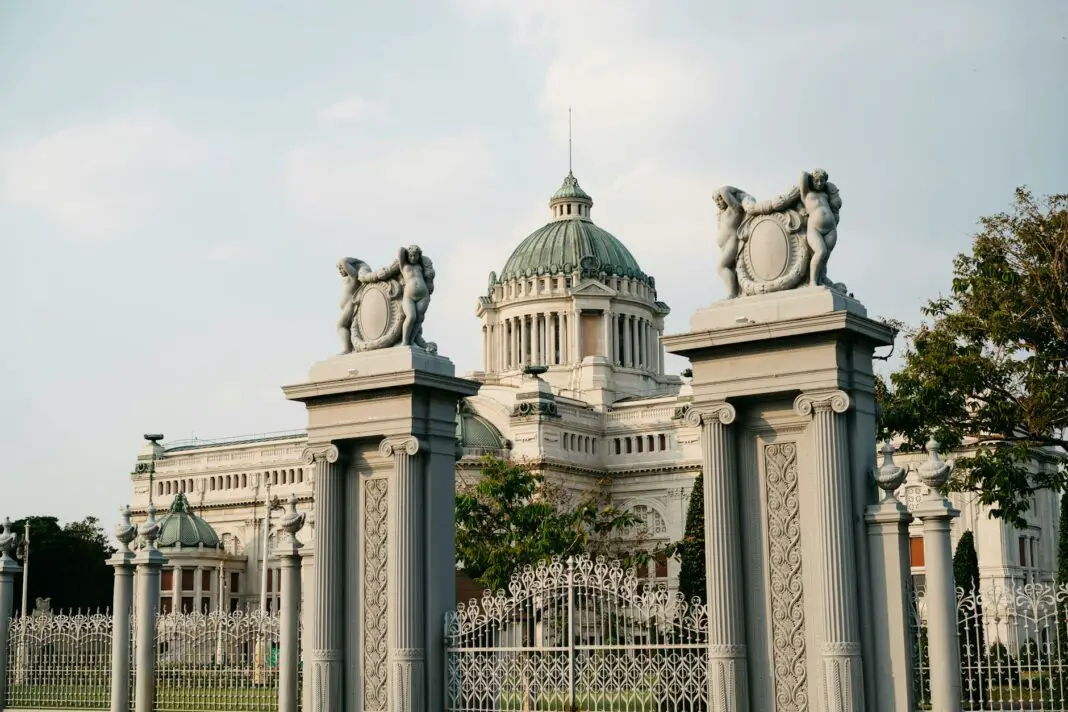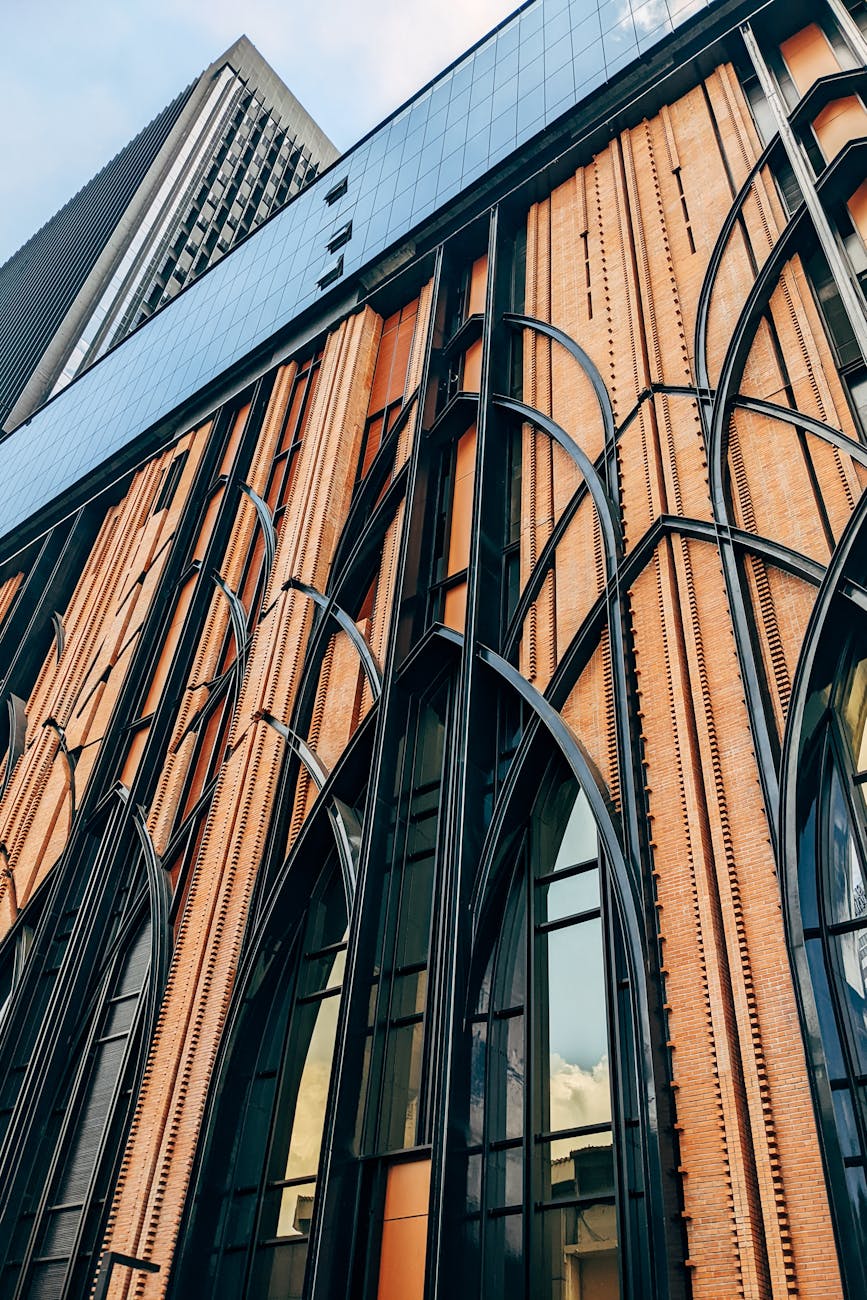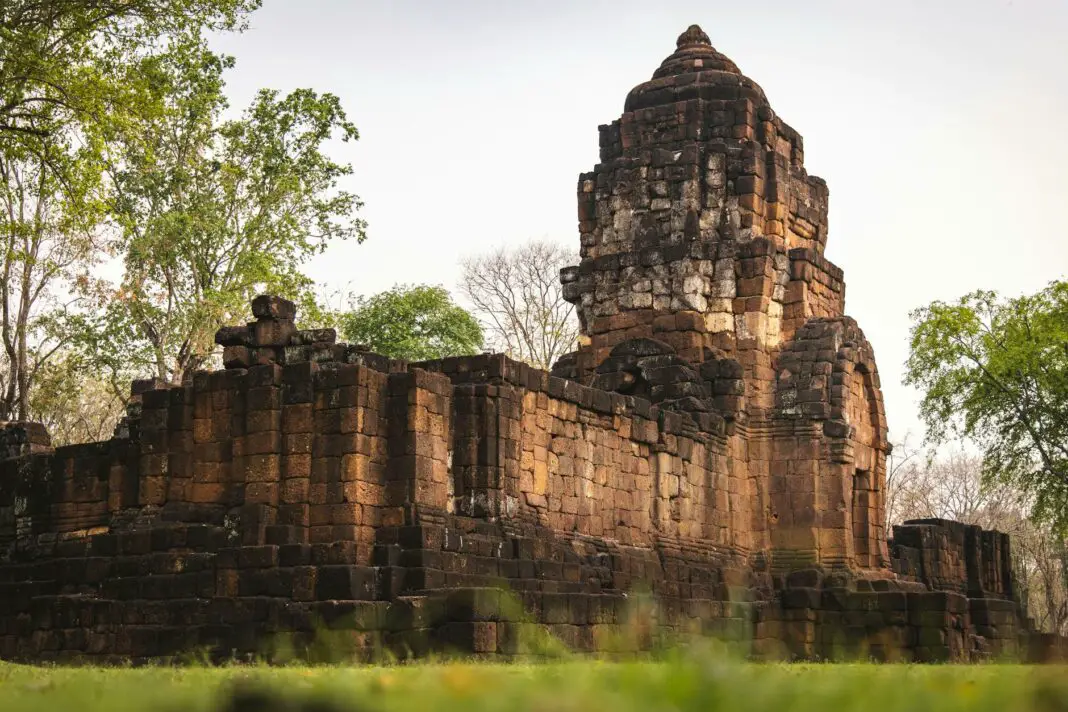Embarking on a trip to Thailand is like stepping into a vibrant tapestry of culture, tradition, and breathtaking beauty. This captivating destination veils remarkable hidden gems of architectural heritage, inviting adventurers to explore beyond the typical tourist spots. You will find that in every corner, these gems tell stories of a past steeped in history while blending seamlessly into the contemporary lifestyle of its people. As you navigate this remarkable country, prepare to witness the divine architecture that narrates tales of ancient civilizations, spirituality, and artistic brilliance.
In this blog post, not only will you discover the hidden architectural treasures of Thailand, but you will also delve into the rich heritage behind each site, encouraging a deeper appreciation for the country’s stunning aesthetics. As we explore these timeless structures and their histories, we’ll often challenge conventional notions of what constitutes significant architecture, allowing a personal connection to flourish with each discovery. So, get ready for an exhilarating journey that unveils architecture beyond mere bricks and mortar, showcasing the soul of a nation.
Table of Contents
- Hidden Temples You Must Visit
- Remarkable Historical Sites
- Exploration of Local Architecture Styles
- Tips for Travelers: Maximizing Your Architectural Experience
- Final Thoughts: Celebrate Thailand’s Architectural Wonders
- FAQ
Hidden Temples You Must Visit
Tucked away from the bustling tourist trails, hidden temples in Thailand such as Wat Phu Khao Thong and Wat Phra That Doi Kham offer serene sanctuaries of spiritual significance and breathtaking artistry. Wat Phu Khao Thong, located in Ayutthaya, boasts a serene white-stucco chedi that echoes the echoes of centuries past. This ancient structure not only captivates visitors with its architectural beauty but also with its peaceful ambiance, making it an ideal spot for meditation and reflection.
On the other hand, Wat Phra That Doi Kham, nestled in the hills near Chiang Mai, invites exploration with its stunning golden pagoda and sweeping views of the surrounding landscape. The extraordinary craftsmanship and intricate details in the decorations prompt admiration and inspire curiosity about the cultural significance behind each element. When visiting these hidden temples, remember that you are not just observing architecture; you are engaging with history and spirituality in a profoundly meaningful way.
Remarkable Historical Sites
Exploring the historical sites such as Sukhothai Historical Park will transform your perception of Thailand’s past. This UNESCO World Heritage Site showcases the remnants of the Sukhothai Kingdom, featuring remarkable structures like the iconic Wat Mahathat, where Buddha statues and lotus-shaped chedis stand proudly, telling the story of a vibrant era. As you wander the ancient ruins, you may draw parallels with modern values, appreciating how these structures continue to symbolize harmony and balance.
Additionally, the ancient city of Ayutthaya presents an illustrative narrative through its fascinating historical park, where crumbling stupas and intricate temple carvings showcase a glorious yet turbulent past. These historical sites not only paint a picture of the grandeur that once was but also provide a poignant reminder of the impermanence of life. Each brick embodies stories of triumph and tragedy, daring travelers to reflect on the legacies that shape modern Thailand.
Exploration of Local Architecture Styles
To truly appreciate Thailand’s architectural wonders, observe the diverse local styles that have evolved over generations. Traditional Thai architecture often features steep roofs and intricate woodwork, demonstrating craftsmanship that combines function and beauty. The distinctive architecture of northern Thailand, exemplified through Lanna-style buildings, embraces a unique blend of Chinese and Burmese influences. These structures often have elaborately decorated gables and longverandas that create enchanting spaces reflecting the region’s rich cultural tapestry.
Furthermore, rural areas reveal lesser-known yet significant architectural marvels, like the classic Thai rice barns that seamlessly blend utility and artistry. Each region holds stories etched in the designs of their houses and shelters, showcasing local materials and construction techniques tailored to their environment. Embracing these architectural styles encourages travelers to delve deeper into the local culture, fostering a sense of belonging and connection to the land.
Tips for Travelers: Maximizing Your Architectural Experience
To enhance your architectural experience during your trip, consider visiting during off-peak hours, which often allows for a more immersive exploration free from overcrowding. Engaging with local guides can unveil lesser-known stories and insights that enrich your understanding of the sites. Be sure to equip yourself with a camera, as the intricate details and stunning backdrops of these hidden gems deserve to be captured.
Explore the nearby markets and eateries where traditional craftsmanship thrives, providing a holistic view of the cultural heritage that surrounds the architectural sites. Finally, indulge in the art of mindful travel—taking time to truly appreciate the artistry at each location by sitting and observing daily rituals and interactions that imbue the spaces with life. This approach enables a more profound connection with the architectural marvels around you, transforming your journey into an unforgettable adventure.
Embrace the Beauty of Thailand’s Architectural Treasures
As your journey through Thailand’s hidden gems of architectural heritage comes to a close, remember to carry home not just photographs but also the stories and experiences that have shaped your understanding of this rich culture. Each site visited adds a chapter to your adventure, allowing you to forge a unique bond with a landscape filled with history, spirituality, and artistic brilliance. Embracing this architectural journey lays the foundation for ongoing exploration, inspiring both appreciation and advocacy for preserving these treasured sites for generations to come.
FAQ
What are the best times to visit Thailand for architectural exploration?
The ideal times to visit Thailand for architectural exploration are during the cool and dry seasons from November to February. This weather not only makes traveling comfortable but also allows natural light to highlight the architectural features of temples and historical sites.
Are there unique customs to observe while visiting temples?
Yes, when visiting temples in Thailand, it is important to dress modestly, covering both shoulders and knees. Additionally, shoes should be removed before entering temple grounds, and maintaining a respectful demeanor is essential while observing locals in prayer.
How can I learn more about the history behind these architectural sites?
To deepen your understanding, consider hiring local guides who offer specialized tours. Reading books, watching documentaries, or engaging with communities involved in preservation efforts can also expand your knowledge about Thailand’s architectural legacy.
What should I pack for my architectural heritage trip in Thailand?
Pack comfortable walking shoes, lightweight clothing suitable for warm weather, a high-quality camera, and a notebook to jot down your experiences and thoughts as you explore the diverse architectural wonders Thailand has to offer.
Image Credit: Pexels





